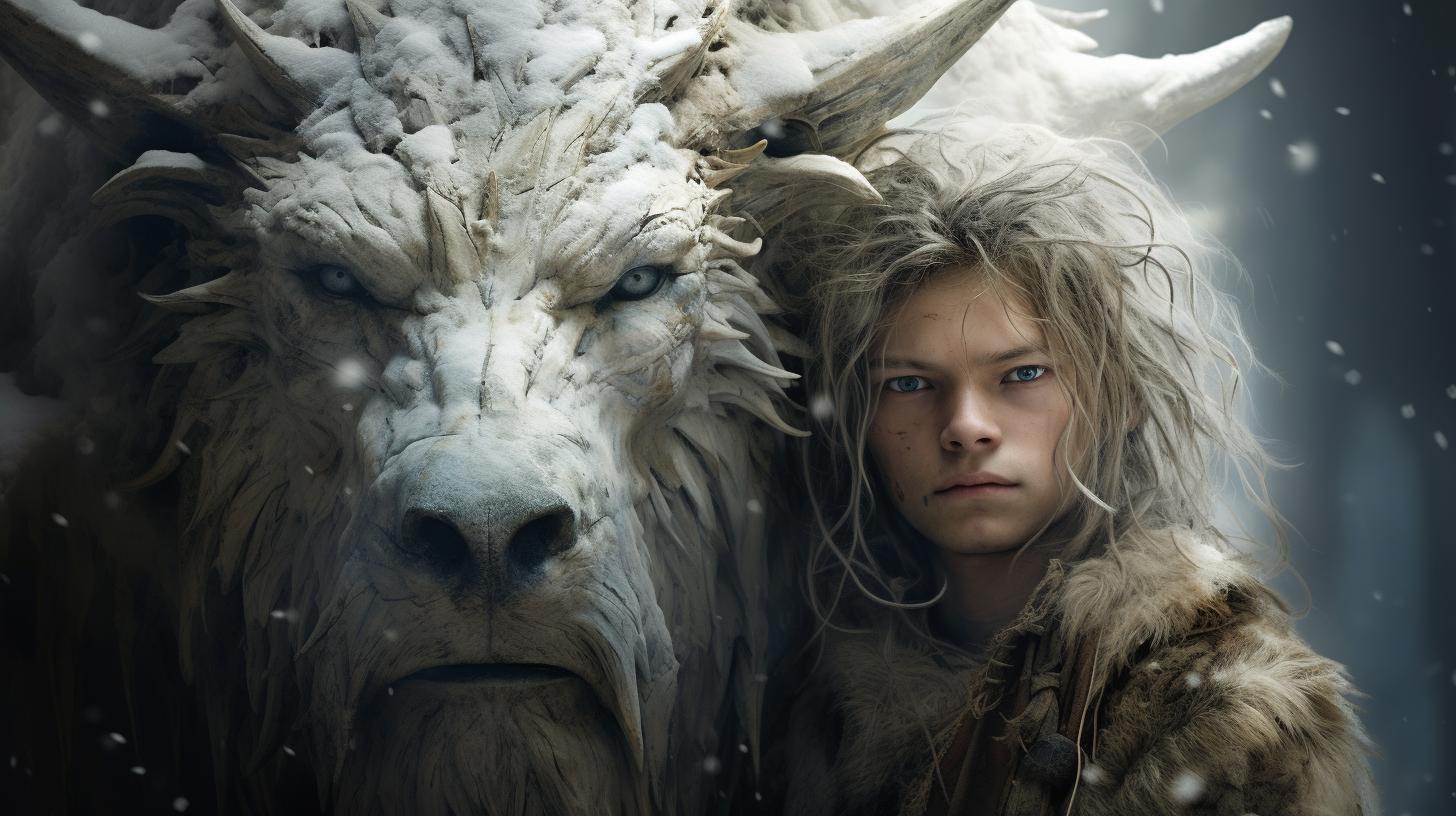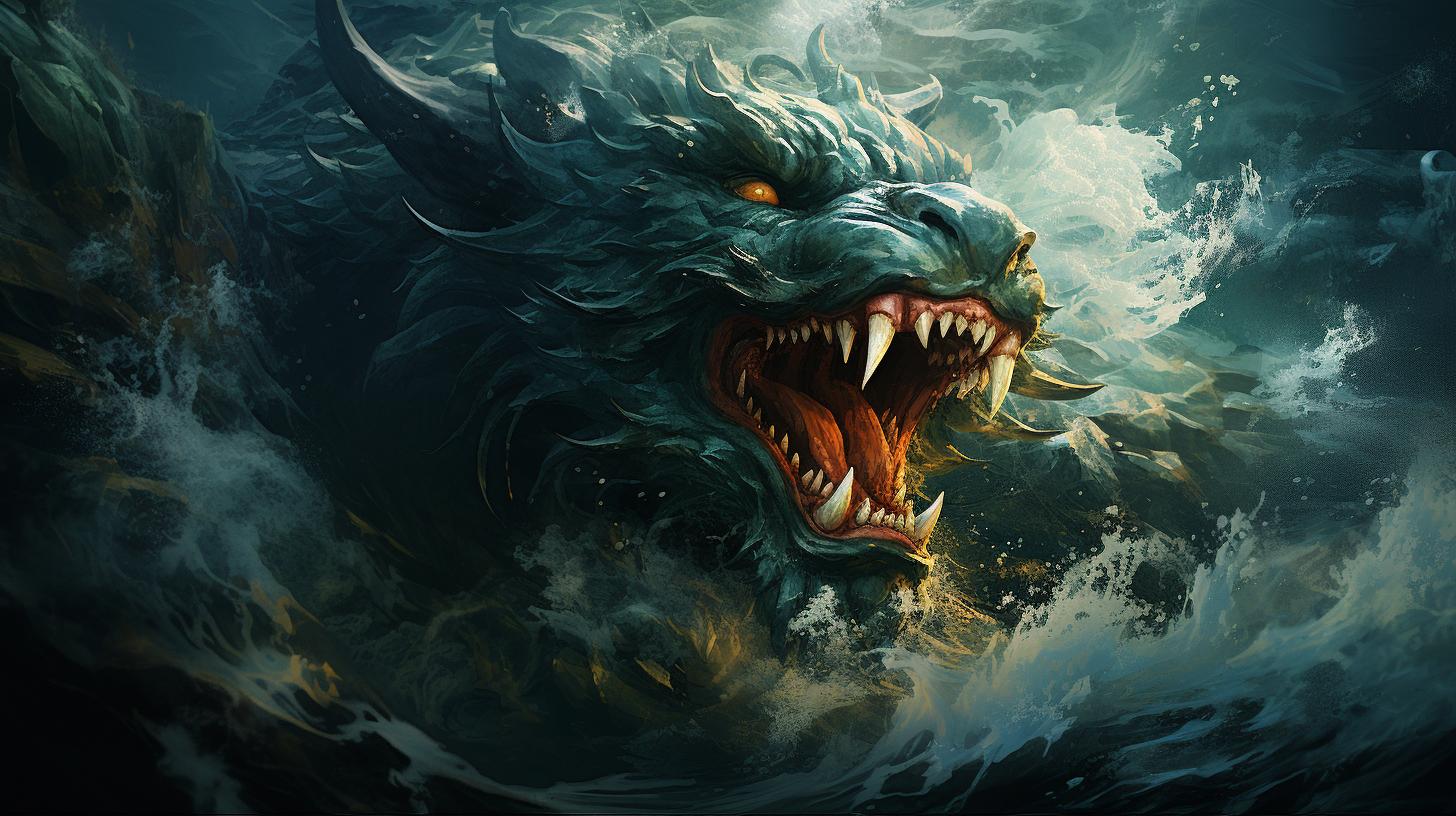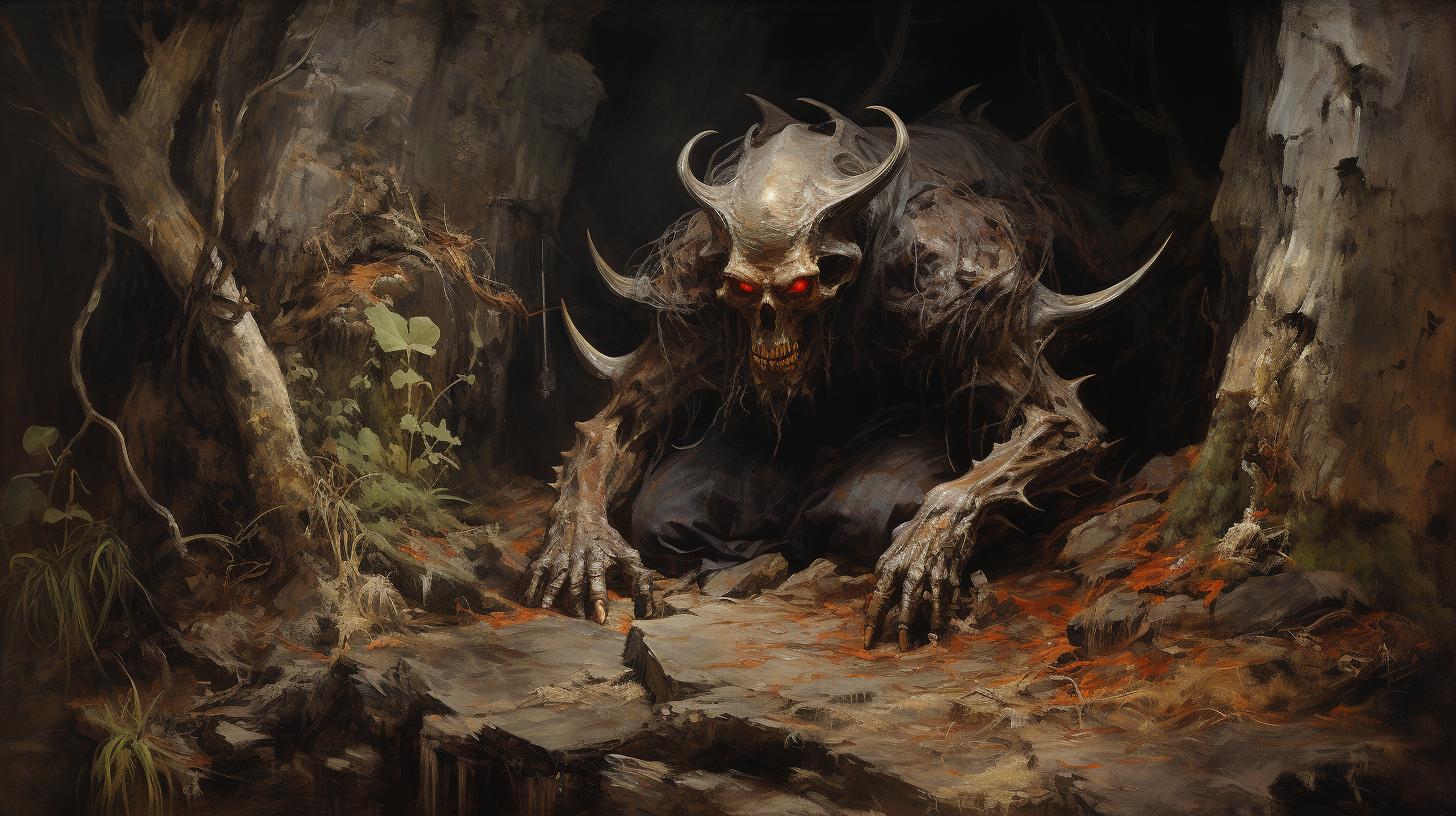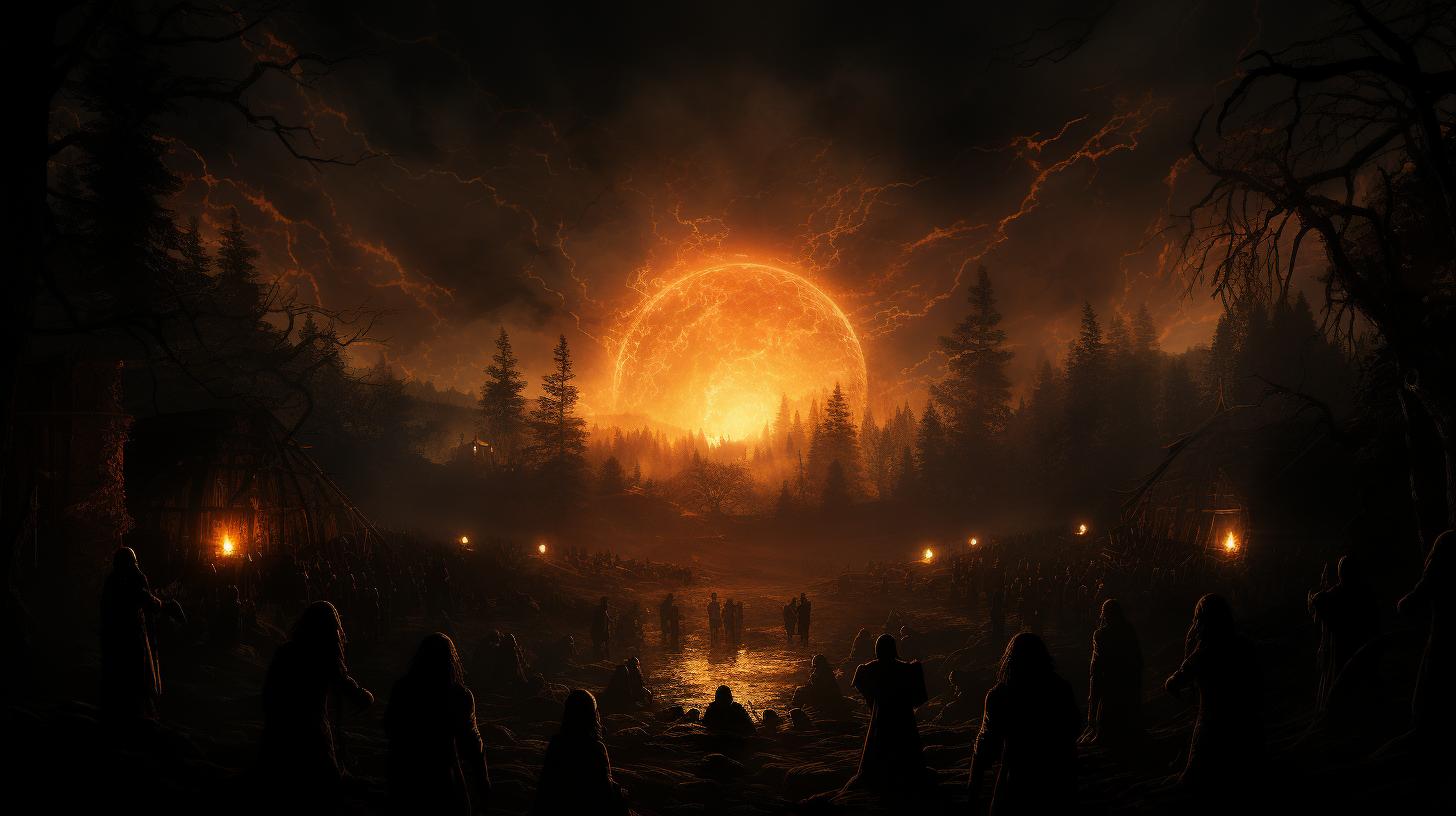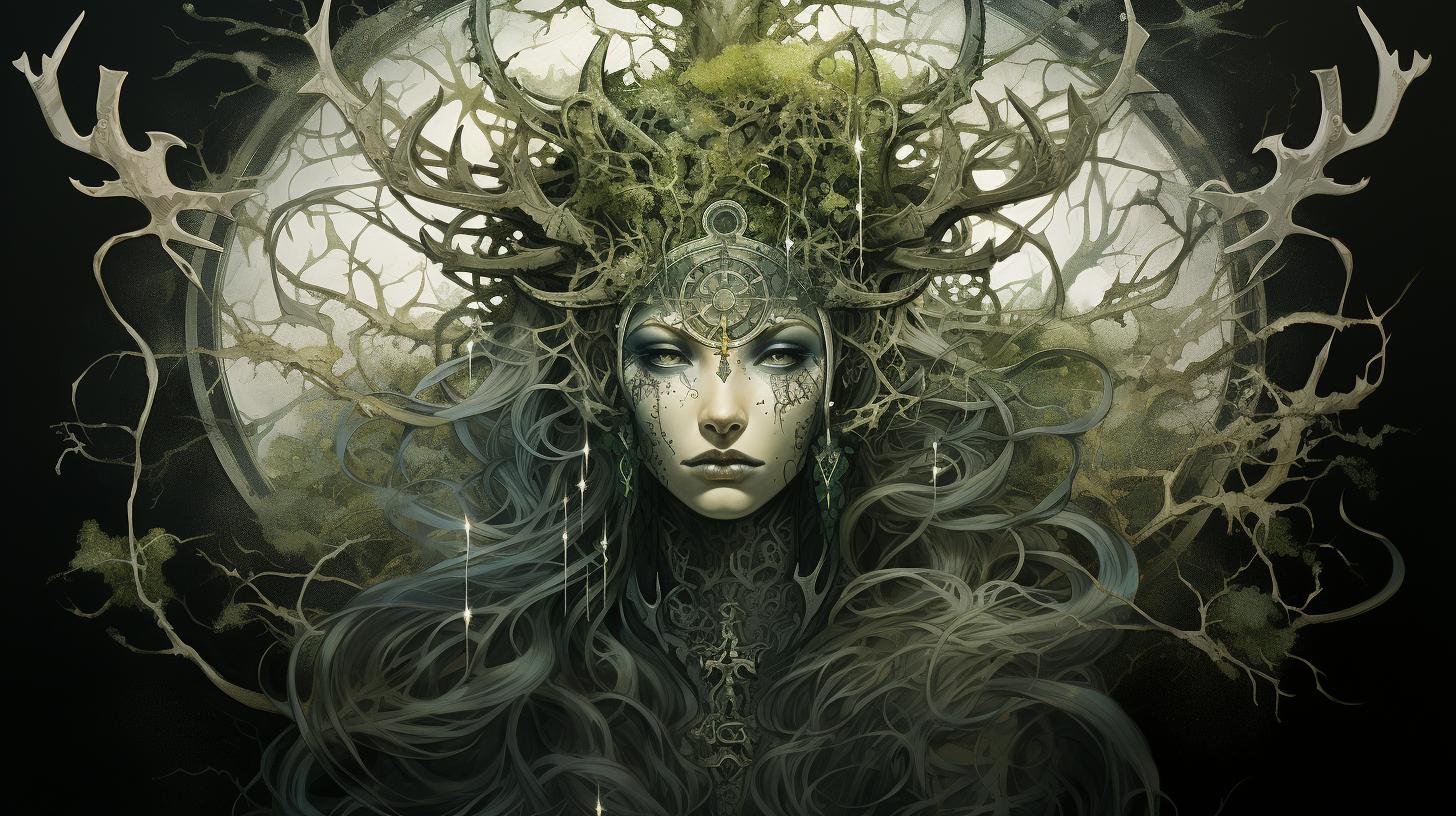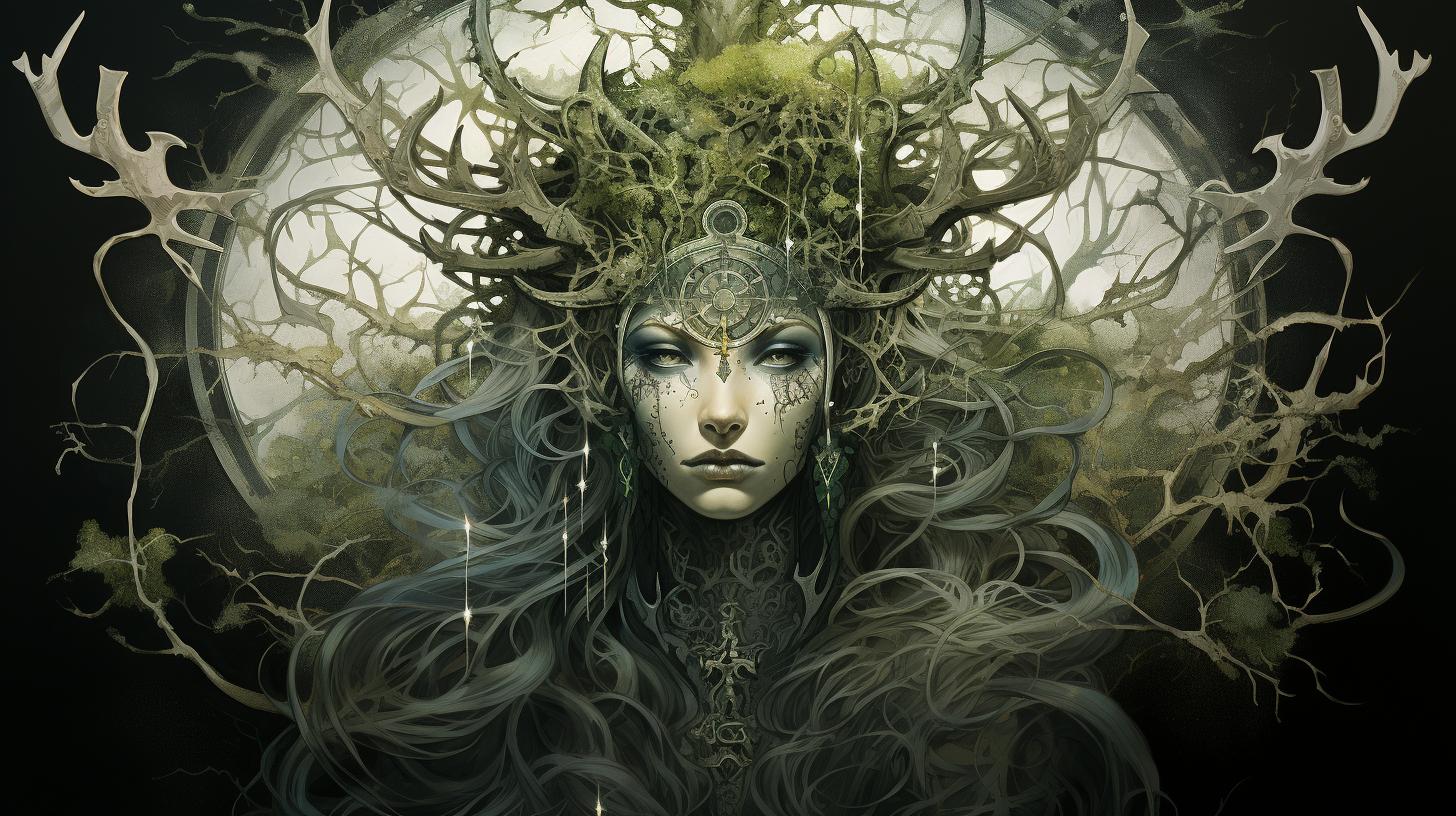Finnish Goddess Kuu: Unveiling the Lunar Deity in Finnish Mythology

In Finnish mythology, the lunar deity known as Finnish Goddess Kuu holds great significance. According to the epic poem Kalevala, Kuu is said to have been formed from a duck’s egg on the knee of Ilmatar, the Goddess of Air.
This creation myth orbits around the belief that the moon was derived from the egg’s clear part, while the sun emerged from its yolk. Kuu’s exact deity status remains ambiguous, although the name itself translates to “moon” in Finnish.
Discover more about Kuu’s origins, her role in Finnish epic poetry, and other lunar goddesses in Finnish mythology.
Finnish Goddess Kuu: Exploring the Lunar Deity in Finnish Mythology
Welcome to our exploration of the enigmatic Finnish Goddess Kuu and her significance in Finnish mythology. In this section, we will delve into the origins of Kuu, the myth of Ilmatar and the duck’s egg, shedding light on the intriguing creation story behind her existence.
The Origins of Kuu: The Myth of Ilmatar and the Duck’s Egg
According to Finnish mythology, Kuu came into being through a fascinating tale involving Ilmatar, the Goddess of Air, and a duck’s egg. It is said that Ilmatar, floating in the abyss for 700 years, had a duck lay an egg on her knee, leading to the formation of the universe.
As the egg cracked, the clear part transformed into the luminous Moon, while the yolk became the radiant Sun.
Kuu in the Kalevala: Her Role and Significance in Finnish Epic Poetry
The epic poem Kalevala provides further insight into the role and significance of Kuu in Finnish culture. As a lunar deity, Kuu’s presence in the Kalevala represents the reverence bestowed upon the Moon in Finnish folklore.
Her celestial energy and influence permeate throughout the epic, shaping the narrative and captivating the imagination of readers.
The Interpretation of Kuu’s Deity Status: A Closer Look at Finnish Mythology
While Kuu’s status as a deity in Finnish mythology remains somewhat ambiguous, her association with the Moon is widely acknowledged. Scholars and mythologists have explored various interpretations, some considering Kuu as a personification of the Moon itself, while others propose a more nuanced understanding.
Through a closer examination of Finnish mythology, we aim to shed light on the diverse perspectives surrounding Kuu’s divine nature.
Kuutar and Other Lunar Goddesses in Finnish Mythology
Kuutar, an alternate name for the Finnish lunar deity Kuu, holds a significant role in Finnish mythology. While Kuu is revered as the primary lunar goddess, there are other deities associated with the moon in Finnish folklore.
Explore the fascinating world of lunar goddesses and their significance in Finnish mythology.
Kuutar: The Alternate Name for the Lunar Deity
Kuutar serves as an alternate name for the Finnish lunar deity, Kuu. This name highlights the poetic and mystic nature of the lunar goddess in Finnish folklore. Kuutar, often described with luminous beauty, represents the awe and reverence that Finns have for the moon.
A List of Lunar Deities in Finnish Mythology
- Auringotar: The Goddess of the Sun and Moon
- Ilmatar: The Mother of Air who Birthed Kuu
- Päivätär: The Goddess of Day who Shines alongside the Moon
- Säämatar: The Goddess of Weather and Lunar Influences
These lunar deities complement Kuu in Finnish mythology, each representing different aspects of the moon’s power and influence in nature and human life.
Discover the rich tapestry of lunar goddesses and their roles in Finnish folklore.
References and External Sources
The ‘Pears Encyclopaedia of Myths and Legends’ is a comprehensive resource that delves into the fascinating world of Finnish mythology. In this encyclopaedia, you’ll find a wealth of information about Finnish goddess Kuu and her lunar significance within a broader global context.
The book covers myths and legends not only from Western and Northern Europe but also from Central and Southern Africa, providing a unique comparative lens to understand the cultural significance of Kuu as a lunar deity.
Additional Resources and Links for Further Understanding of Finnish Lunar Deities
- Explore the Finnish National Epic, Kalevala, which contains valuable insights into the mythology surrounding Kuu and her role in Finnish culture.
- Discover other lunar goddesses in Finnish mythology, such as Kuutar, through various academic articles and research papers.
- Visit museums and cultural centers in Finland that showcase artifacts and exhibitions related to Finnish mythology, including the worship of lunar deities.
- Engage in online forums and discussions with scholars and enthusiasts of Finnish folklore to deepen your understanding of Kuu and her significance in Finnish society.
By delving into these resources, you’ll gain a comprehensive understanding of Finnish lunar deities like Kuu, their cultural significance, and their enduring legacies within Finnish mythology.
These materials provide valuable insights for those interested in exploring the fascinating realm of Finnish myth and uncovering the enigmatic tales surrounding the lunar goddess Kuu.
.



